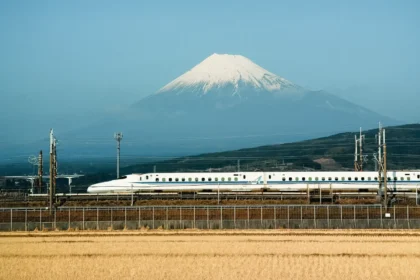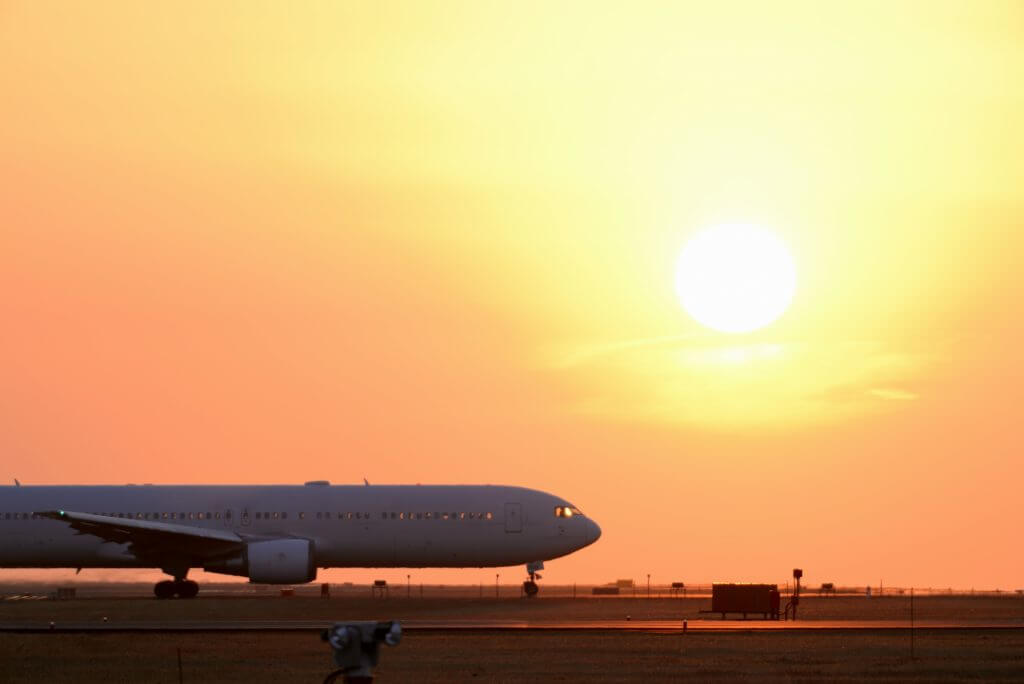
Japan has multiple international airports serviced by airlines flying routes to all regions of the world. Procedures at the airports will be familiar to any international traveller while many passport-holders no longer need to apply for a visa to enter Japan. On this page you will find the following information:
-- Do I Need a Visa to Travel to Japan?
-- Clearing Immigration & Customs
-- Japan's International Airports
-- Things To Take Care of When You Arrive
-- Getting Your Tax Back Before You Leave
For further essential travel information, see our ‘Plan Your Visit’ main page.
DO I NEED A VISA TO TRAVEL TO JAPAN?
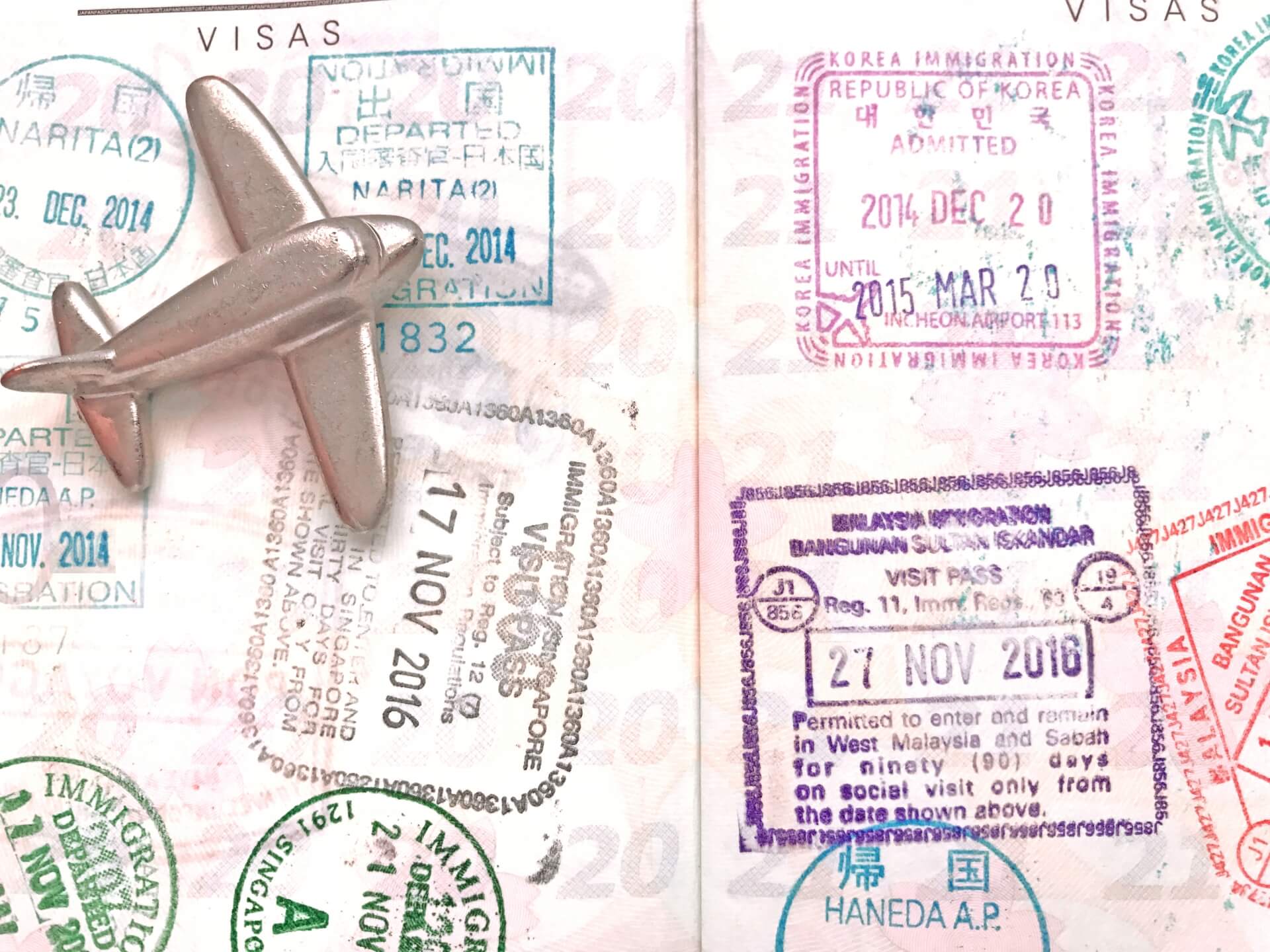
Requirements for entry to Japan depend on the passport you are holding and the purpose of your visit. The information of this page is intended primarily for international visitors travelling to Japan for short-term tourism and business. It does not include information about migration and other visa classes.
Visa Exemption for Short-Term Stay
Nationals of many countries do not require a visa to enter Japan under. The list of eligible passports for visa exemption is likely to change over time so it is always best to refer directly to the 'Ministry of Foreign Affairs of Japan (MOFA)' website to confirm which nationalities don’t require a visa. Anyone eligible for visa free travel to Japan is granted a stay of 90 days from date of entry*. The purpose of entry is restricted to sightseeing/tourism, visiting friends and family and short-term business (in the case of business travellers). You are not permitted to engage in paid employment in Japan.
*Some passports are granted shorter periods of stay ranging for 14 to 30 days. Refer to the MOFA website for details.
All Other Passport-Holders
All other passports are required to apply for a visa. The application process and what is required will vary from country-to-country and regularly changes. Refer to the MOFA website for further details. A short-stay visa can be granted for 90 days from date of entry. Applicants will need to provide evidence of their reason visit and may need to meet additional requirements depending on their circumstances.
CLEARING IMMIGRATION & CUSTOMS
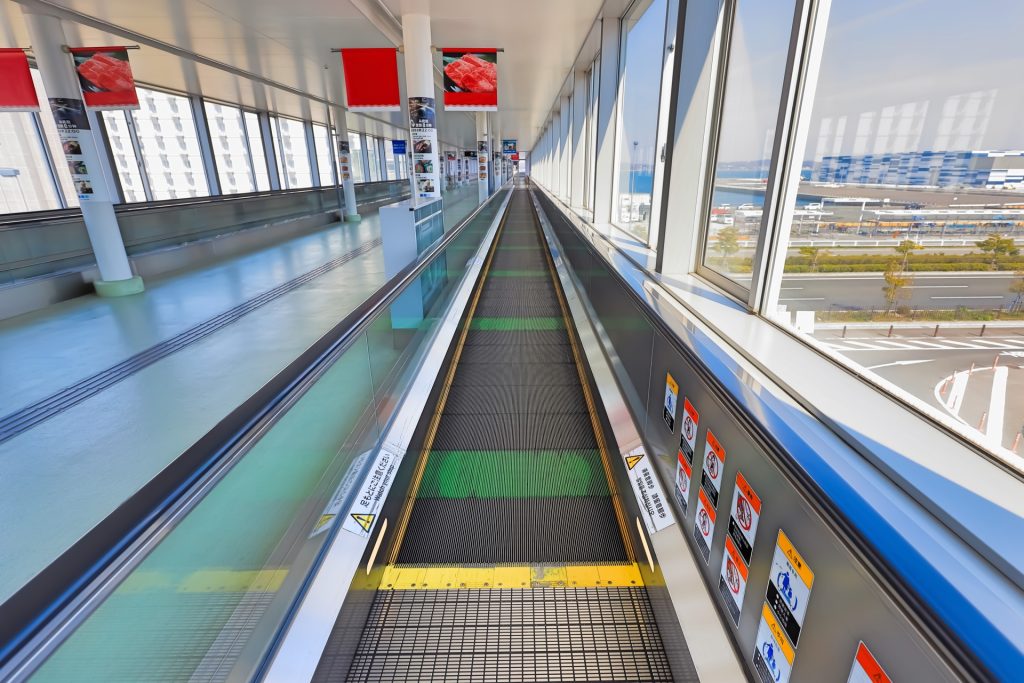
Consistent with procedures in any country, upon arriving in Japan you will first need to clear immigration. Arrivals are usually processed dependent on the passport you are holding:
1. Japanese citizens/passport-holders, or
2. Foreign nationals/passport holders.
Signs and airport staff will direct you to the correct queue to join and wait to be processed. You will need to present your passport and landing card (which you should be given on your flight) to the immigration officer. Importantly, you will need to declare an address in Japan so make a point of knowing the details of your first hotel. That will be enough. Immigration officer typically have a couple of basic questions about your visit before sending you on your way. Some officers speak English although it may be broken.
Collect your luggage and proceed to customs. Your landing card requires you to make declarations in relation to what you are carrying into Japan. The ‘Japan Customs’ website provides information about you can and cannot bring into the country. Customs is divided into green and red channels. Passengers who have no items subject to duty or tax, prohibited or restricted i.e. nothing to declare, should line-up in the green channel while anyone carrying items they need to declare goes into the red channel. Even if you have nothing to declare, there’s a good chance your luggage will be checked so be prepared to answer so questions and cooperate with customs officers. Once through customs you are free pass through the gates and officially, you’re now in Japan.
JAPAN’S INTERNATIONAL AIRPORTS
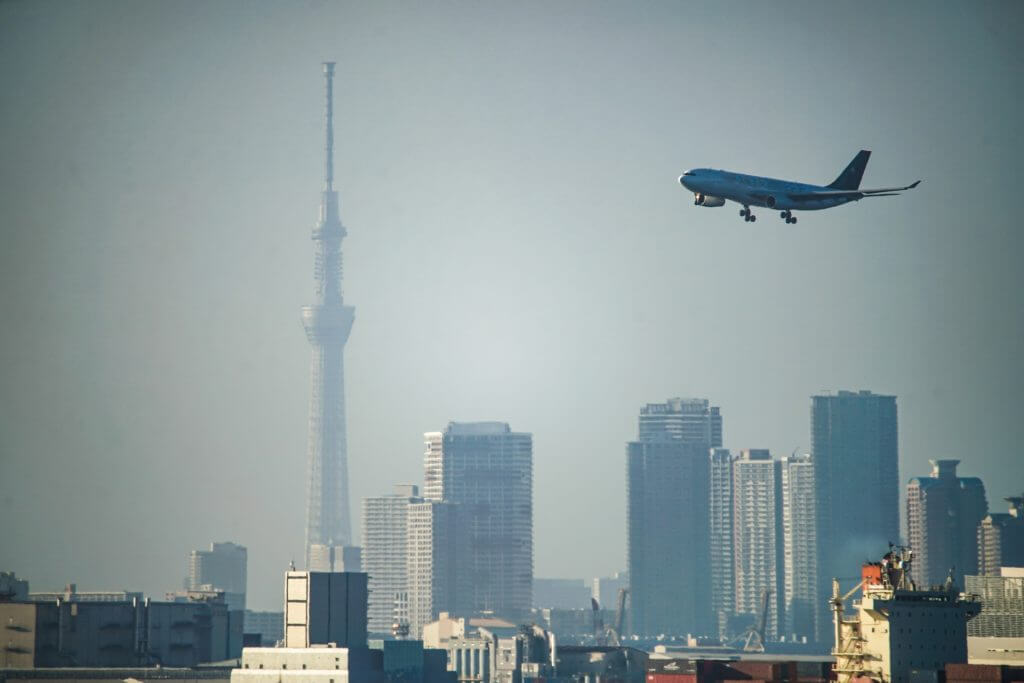
Japan has a large number of airports but only a handful that servicing international carriers. The main ones are:
Haneda Airport: located to the southwest of central Tokyo, Haneda is the busiest airport in Japan. Much closer to the capital than Narita, there is no rapid/express train service as the airport is readily accessible using the Tokyo Monorail and Keikyu Line – both taking around 30-minutes. Numerous airlines fly to and from Haneda with routes all over the world.
Narita International Airport: located to the east of Tokyo, Narita is one of two international airports servicing the capital. Two express/rapid train services – the Narita Express (NEX) and Keisei Skyliner – connect the airport to Tokyo in around 40 to 55-minutes (depending on the service you choose) while express bus services also run regularly to and from Narita. Numerous airlines fly to and from Narita with routes all over the world.
Chubu Centrair International Airport: located on a man-made island to the south of Nagoya, Chubu Airport is a relatively and largest international airport in Central Japan. The Meitetsu Limited Express line connects the airport to Nagoya in around 30-minutes. In terms of international airlines and routes, Chubu Airport mostly connects travellers to other destinations around Asia.
Kansai International Airport: located to the south-west of Osaka on a man-made island, Kansai International is Japan’s third busiest airport behind Haneda and Narita. The Limited Express Haruka connects the airport to central Osaka in around 50-minutes while express buses also operate frequently throughout the day. Numerous airlines fly to and from Kansai with routes all over the world.
All airports listed above also have domestic terminals with routes connecting to all areas of Japan. Some other airports in Japan have limited international services including Naha Airport in Okinawa, Fukuoka Airport in Kyushu, Osaka International Airport (not to be mistaken with Kansai International Airport) in Kansai and New Chitose Airport servicing Sapporo and the ski fields of Hokkaido. In addition, some other airports have a couple of services flying to destinations in China and Korea.
THINGS TO TAKE CARE OF WHEN YOU ARRIVE
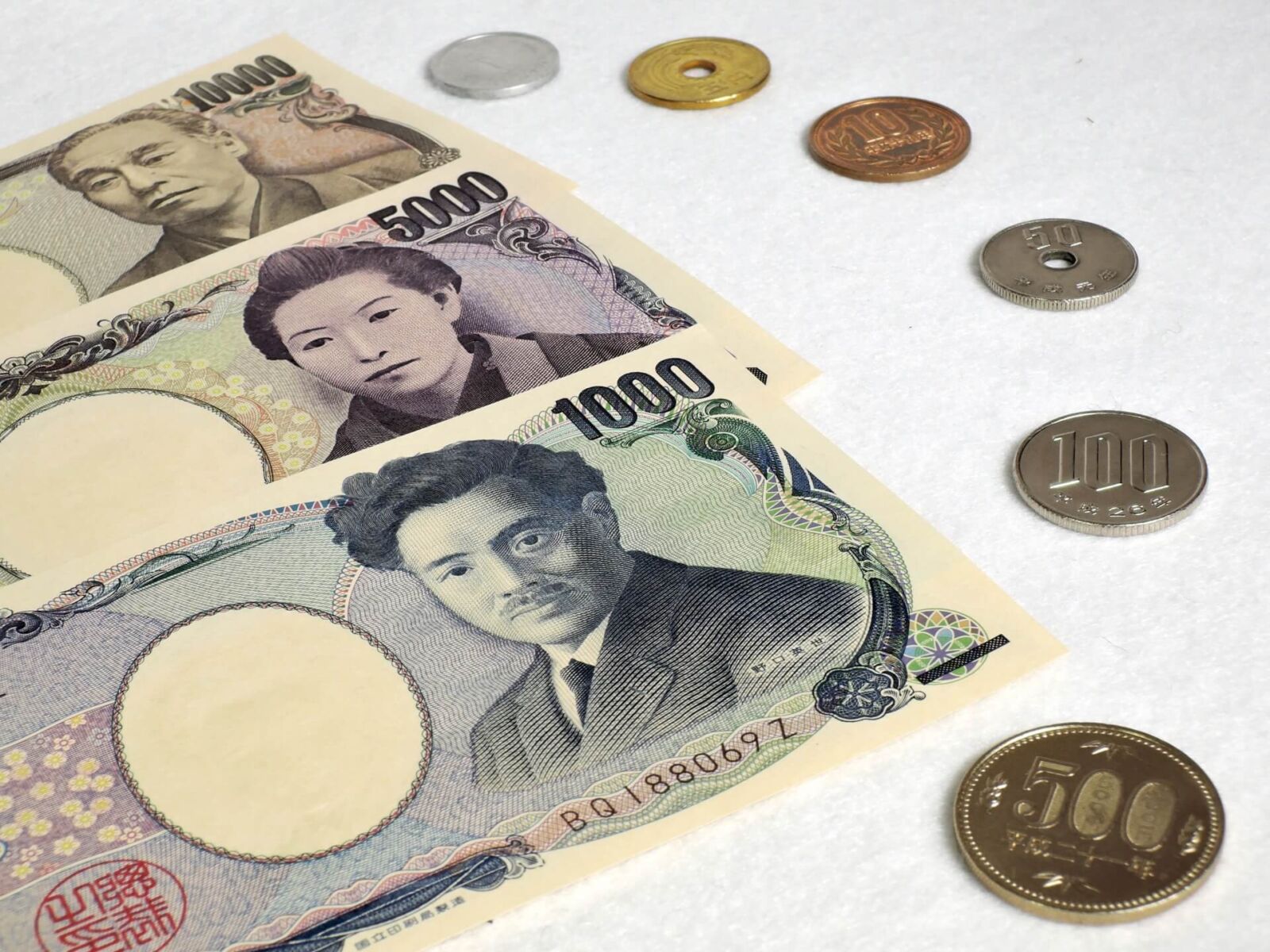
Japan’s major international airports vary in lay-out and what’s available but all of them have certain facilities that mean they are a convenient place to take care of a couple important things as soon as you arrive:
Money: the airports have currency exchange offices and ATMs accepting international cards. We don’t recommend using currency exchange at the airports as the exchange rates are likely to be unfavourable however if you need to, the option is there. Alternatively, ATMs at the airports should all accept international cards. For more information about which ATMs are best and other tips, see our ‘Staying Cashed-Up & Connected in Japan’ page.
Arrange a Phone, SIM or Portable WiFi: chances are you’ll need to arrange one of these to stay connected while in Japan. You’ll find kiosks and stores at each of the airports renting and selling everything you need. If you have time, it’s a good idea to get this sorted-out as soon as you arrive so you’re immediately online. For more information, see our ‘Staying Cashed-Up & Connected in Japan’ page.
Exchange/Activate Your Japan Rail (JR) Pass: if you have purchase any Japan Rail (JR) Pass including the full JR Pass or a regional pass such as the JR East Pass for Niigata & Nagano or Hokuriku Arch Pass before you enter Japan, you will receive a confirmation/receipt number that needs to be exchanged for the actual pass once you arrive.
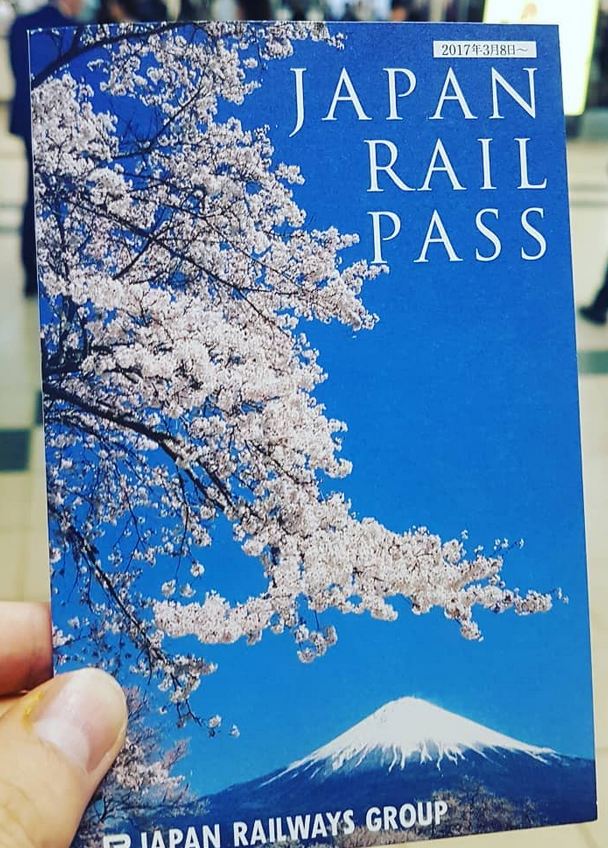
This doesn’t need to be done on the day you arrive however if you have the time, it’s a good idea to go it at the airport. You can then use it immediately while also have the option of requesting that it activates on a later date if that suits your itinerary. English, Chinese and Korean-speaking staff are likely to be in greater supply at the airports than any other location making the process easy to understand. For the location of the offices at each airport, refer to the specific airport page under ‘Japan’s International Airports’ above.
Car Rental: all airports will also have car rental companies allowing you to arrange a vehicle straightaway. See our ‘Moving Around Japan: Using Trains, Buses, Planes or Drive Yourself’ page for more information about renting and driving in Japan.
Luggage Forwarding: when travelling around Japan you have the option of sending your luggage ahead of you to save carrying it. This is a great option to avoid having to carry suitcases on crowded trains in Tokyo and Osaka, if you’re here in winter with your skis or snowboard, or just want to be free of hassle and travel light. All the airports have forwarding services and can arrange for luggage to be sent to any destination including directly to your hotel. Prices can be surprisingly cheap and delivery is fast. For more information, see our ‘Moving Around Japan: Using Trains, Buses, Planes or Drive Yourself’ page for more information about renting and driving in Japan.
GETTING YOUR TAX BACK BEFORE YOUR LEAVE
Visitors to Japan are able to able to get the consumption back or make tax-exempt purchases for some items valued at 5000円 or more. While here, you will see stores advertising this service especially in popular shopping precincts in the larger cities. But even if you don’t take advantage of that and buy an item eligible for tax-exemption, you can claim the tax back at the airport. To do so, you will need the following:
1 / the item you purchased (you will need to carry it with you on the flight)
2 / your passport
3 / receipt of purchase
4 / if you paid by credit card, the card you used for payment
Counters are typically located just after you clear immigration and should be fairly easy to find. The process itself doesn’t take long but if many people are doing the same, it can take a while so make sure














